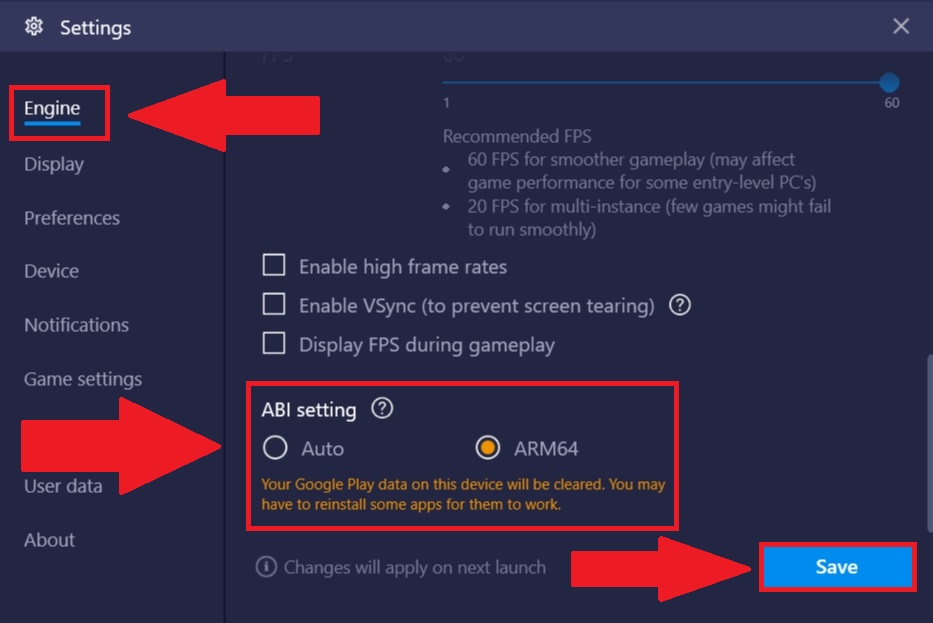

The ToolTip will flicker a bit when moving the mouse, but once it's still there won't be a problem.

Private Sub DataGridView1_CellMouseLeave(sender As Object, e As ) Handles DataGridView1.CellMouseLeave ToolTip1.Show("Details.", Me, Me.PointToClient(cp)) PreviousCursorPos Cursor.Position Then 'If the mouse is not in the same position as before, then execute the code. If e.RowIndex >= 0 AndAlso e.ColumnIndex >= 0 AndAlso _ Private Sub DataGridView1_CellMouseMove(sender As Object, e As ) Handles DataGridView1.CellMouseMove I succeeded to capture the cursor using this method: def MoveCursor(self): Set the Current cursor, move. btballoon.dll, Balloon Tooltip Routine DLL. I was trying to implement this example with IronPython. Precede the x,y,z coordinates with a single R to enter relative coordinates. I used the CellMouseMove and CellMouseLeave events instead to save you the additional checking if the mouse is over a cell: Dim PreviousCursorPos As New Point(-1, -1) blbres.dll, Microsoft Block Level Backup Engine Service Resources. Each viewport has its own construction plane that the cursor moves on and. The simplest way to fix this is to make it check wether the mouse has moved or not since the last time MouseMove was called, then only reshow the ToolTip if the mouse has moved. When it regains the focus the MouseMove event gets called again which causes the ToolTip to close and reshow itself again, and so it continues infinitely, eating CPU and some RAM, until you move the mouse outside a cell. Like a normal Tooltip, changing the value is done through the Action () method. It can then be placed onto a screen using the add statement. A MouseTooltip can be created with any type of Displayable as the default value. After some testing it appears that once the ToolTip is shown, the DataGridView temporarily loses focus. A Tooltip whose x/y position follows the mouse's.


 0 kommentar(er)
0 kommentar(er)
